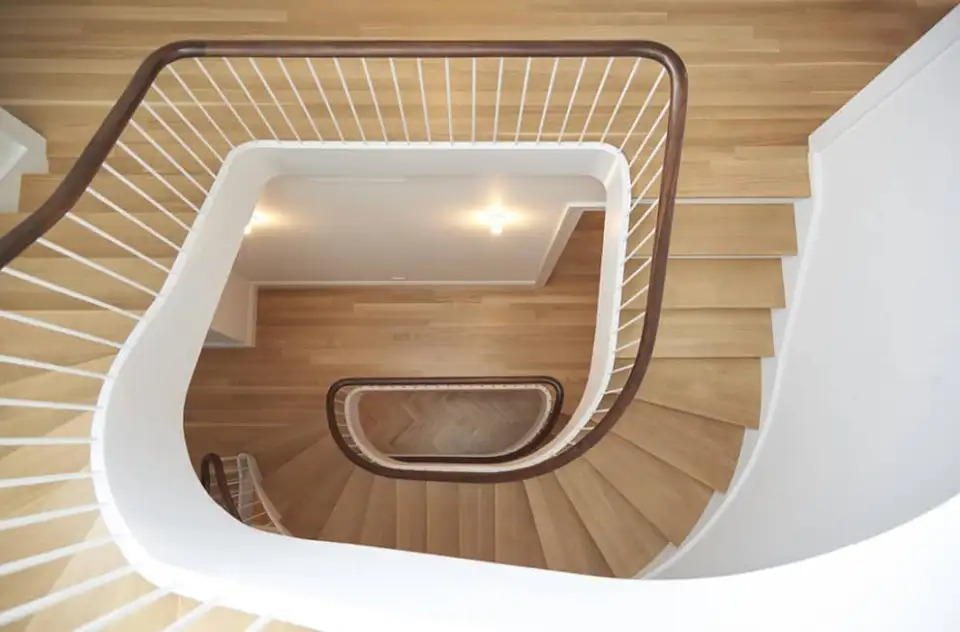
The following information and examples provided are based on a typical NYC townhouse of a rowhouse typology.
Baxt Ingui Architects has completed seven certified Passive House residential projects, one of which is LEED Platinum and several of which are in Landmark Designated districts. Several more projects are currently underway that seek certification, and we have completed many more homes by implementing Passive House measures because we believe this way of building provides immeasurable benefits to home owners. Why build a Passive House? Well-sealed, well-insulated Passive homes are economically smarter, environmentally responsible, and improve the quality of life for occupants.
PASSIVE BENEFIT: SEALED WALLS
Passive buildings have sealed walls that prevent dust, bugs, mice, and unwanted air infiltration.
Typical vs. Passive: Floor Joists
Unknowingly, many of our existing homes get their “fresh air” through hidden crevasses and holes, where bugs and vermin can roam freely. Through Passive methods, the floor joists are wrapped (air-sealed) before pocketed into the sealed party wall.
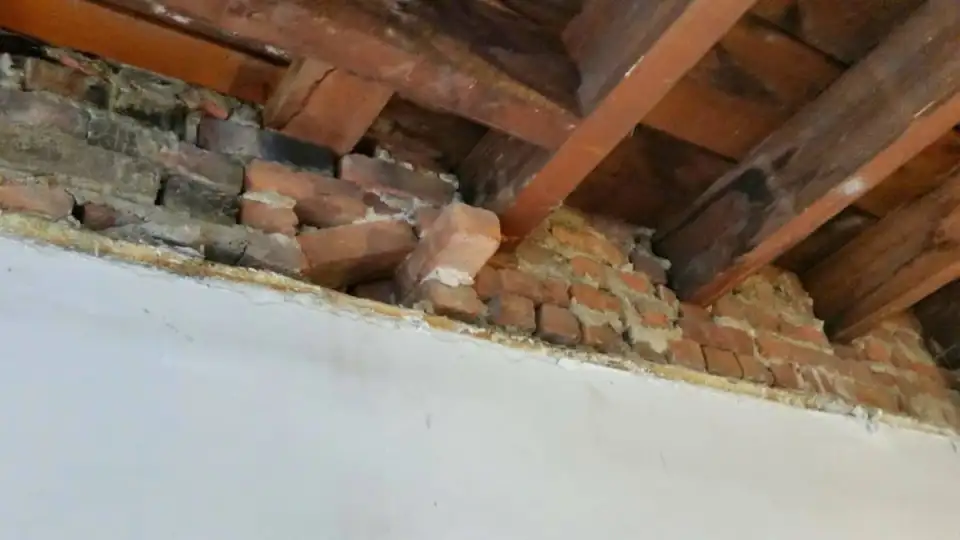
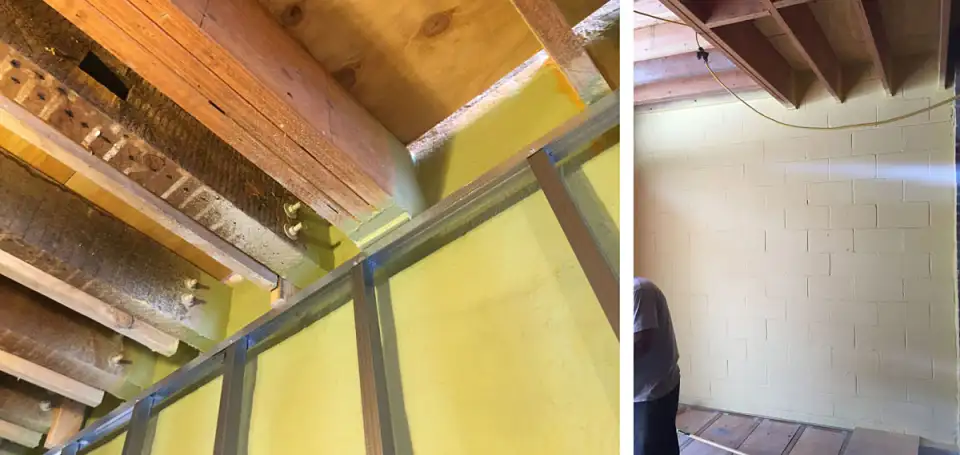
PASSIVE BENEFIT: FRESH AIR
What if you could have filtered fresh air 24/7?

Passive house owners can tell the difference in fresh air quality, one of their most appreciated passive elements.
No need to open windows for fresh air, (but you still can!) as energy recovery ventilators (ERV) regulate moisture.
ERVs filter air from contaminants and pollution, noticeably alleviating health issues like allergies.
ERVs stabilize humidity levels, especially during the summer.
ERVs are constantly running at a low speed without user interaction, but at a low electricity draw.
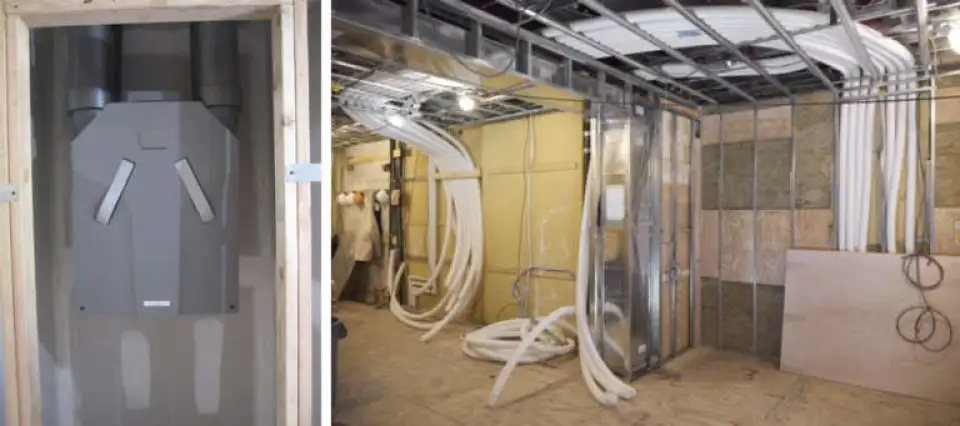
PASSIVE BENEFIT: QUIET HOMES
What if you could eliminate almost all street noise?
The combination of sealed walls, better insulation, and Passive windows drastically reduce street noise. Quiet spaces no longer need to be at the back of the home.
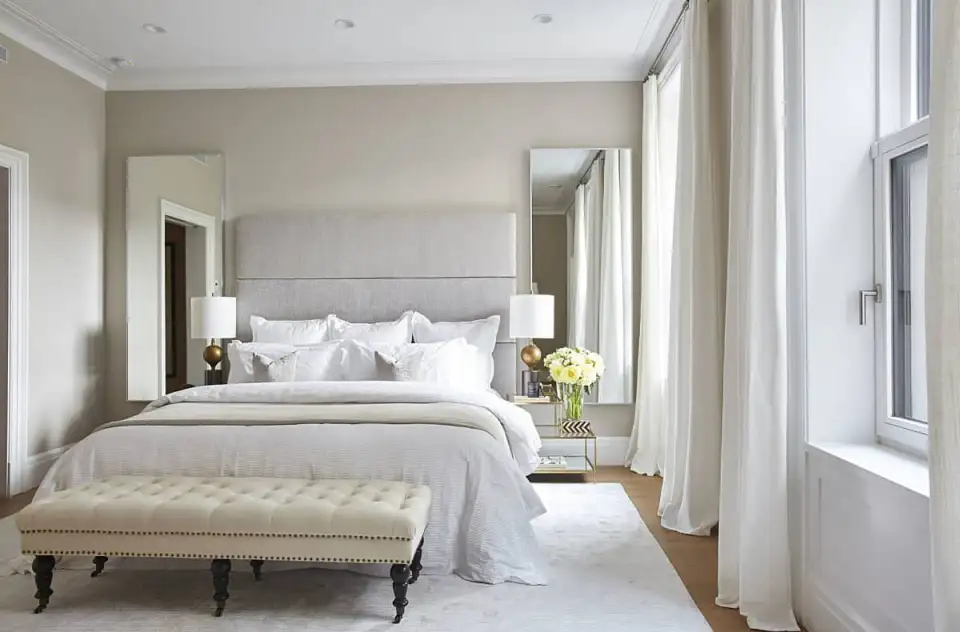
Typical vs. Passive: Exterior Walls
In a typical house, gaps and little-to-no insulation leak air into the house. Through passive methods, the home is completely air-tight, has improved soundproofing, and is highly insulated.
PASSIVE BENEFIT: WARM HOMES
What if you almost never needed heat?
New York City Passive House occupants barely use their heat.
These Brooklyn homeowners had not turned on the heat all season, and this interior temperature was recorded in January.
PASSIVE BENEFIT: DESIGN FREEDOM
Passive House allows for more design freedom.
Without radiators, soffits, or drafts, we no longer have the spatial constraints as when designing within a typical townhouse.
PASSIVE BENEFIT: NET-ZERO
Passive House is the path to net-zero.
Net-zero or zero energy buildings produce enough renewable energy to meet its own annual energy consumption requirements. (Department of Energy)
By building a better envelope, a passive house reduces the energy demand and makes net-zero possible with renewable energy sources, like solar panels.